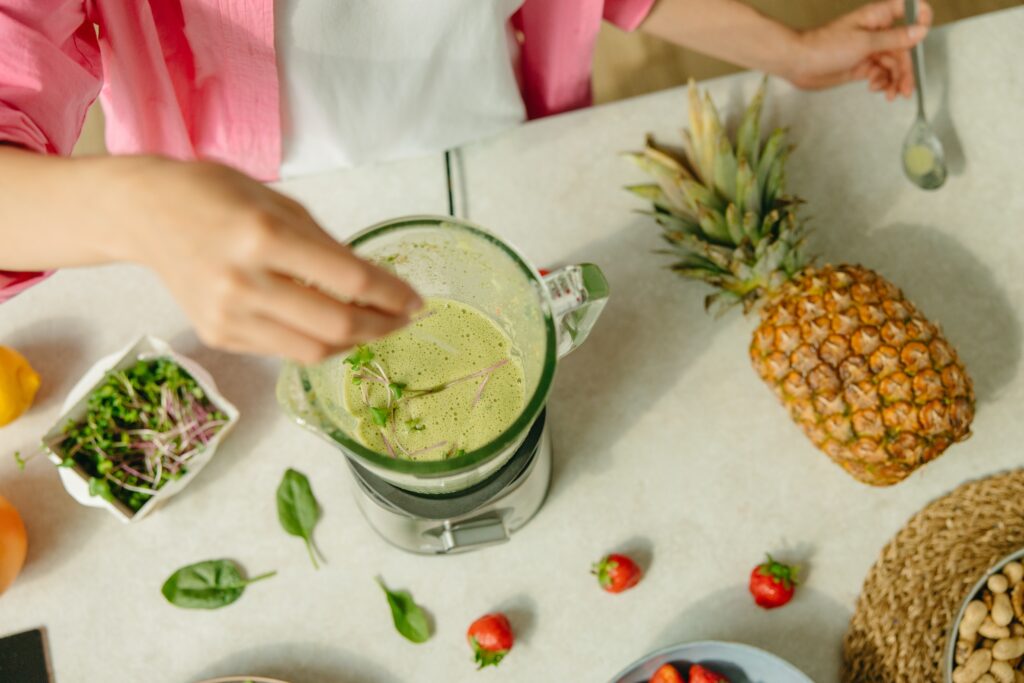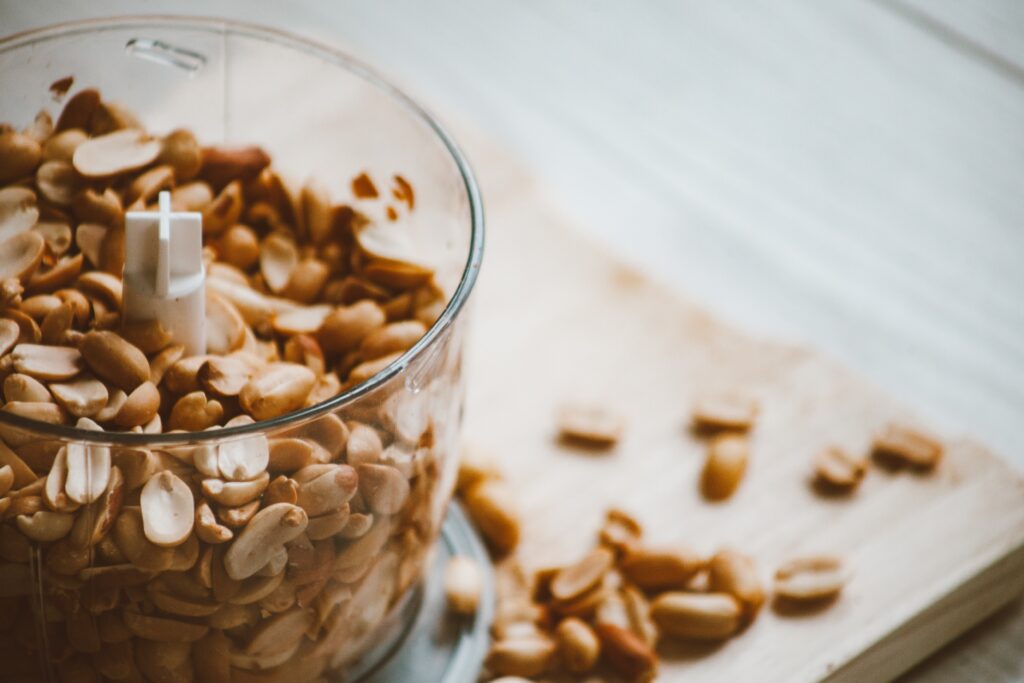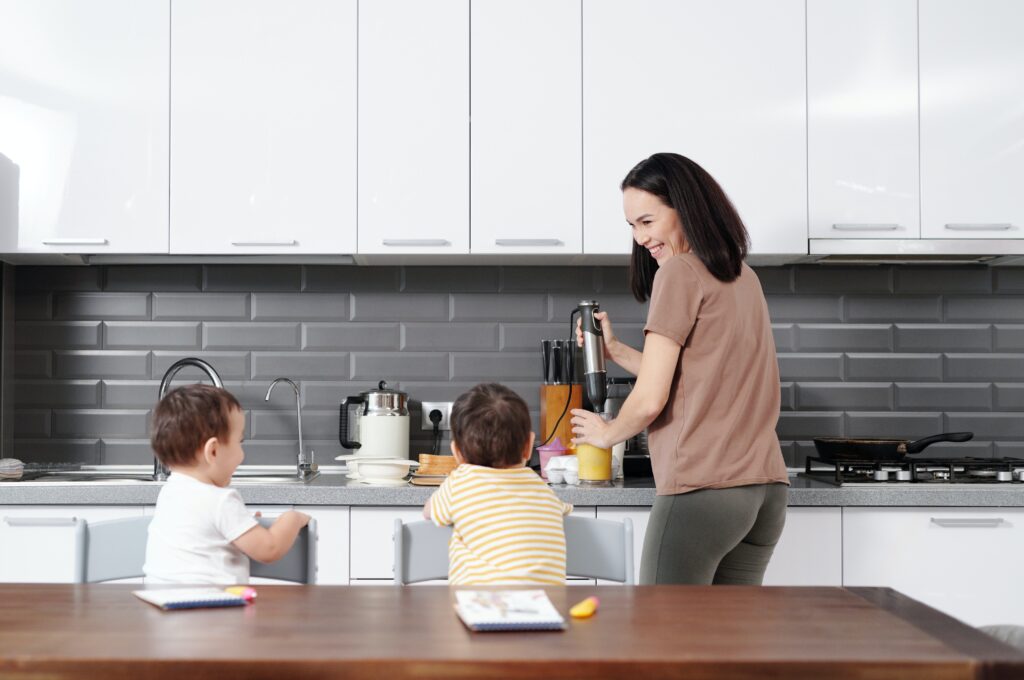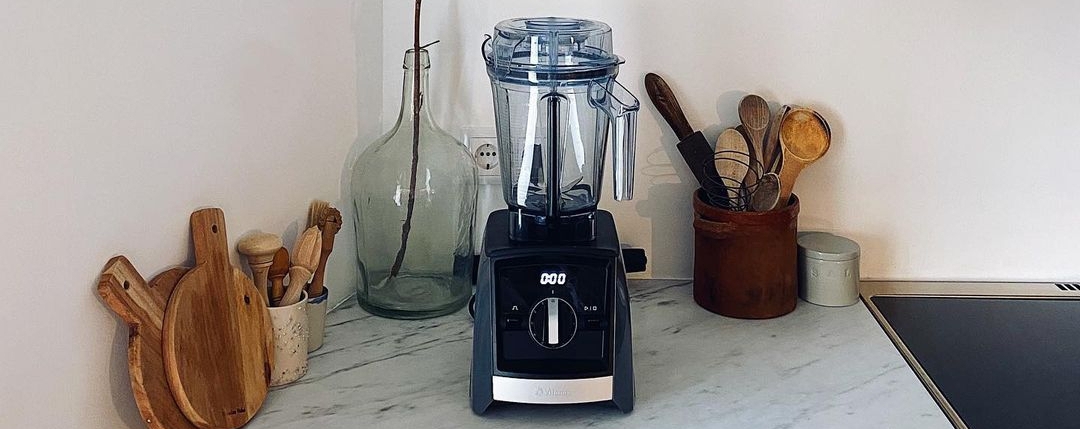Blenders are among the most useful kitchen gadgets available. Having a blender at your disposal is useful for more than just making fancy dips and margaritas. No matter how good your blender is, it still needs regular cleaning and care just like any other kitchen item.
The rubber gasket at the base of your blender’s glass jar is one of the most important components. As time passes, this rubber seal becomes grimy and worn, resulting in a serious leak that might ruin your blender.
In fact, this may be the reason you might be having a leaky blender. If you are wondering where exactly does a gasket go on a blender, we’ve got you covered. Scroll down to learn its right placement on the appliance, its purpose, the steps to install it, and so much more!
Where Does the Gasket Go On a Blender?
A jug makes up the majority of a blender, and at the very bottom of the jug is a blade. Additionally, there is also an electric motor that allows the blade to spin rapidly, allowing you to mix a wide variety of ingredients at the same time.
However, a jug’s inside also has a rubber ring. This is known as the gasket or seal ring and goes between the blender’s blades and the jar’s bottom. This little ring prevents liquid from escaping. Rubber gasket material is made of high-quality rubber that lasts a long time and, as a result, doesn’t get oily very easily.

How Does A Gasket Work In a Blender?
Without the right gasket, your blender won’t work properly. Lacking this part makes blending as efficient as pouring some water into a basket. The blender jar isn’t designed to prevent spills or contain liquids by itself. With the rubber ring in place, you can trust that your blender will not spill when you pour in ingredients to be processed.
Besides ensuring the safety of ingredients, the rubber seal also helps maintain a hygienic workplace and makes the process energy efficient. To elaborate, it prevents the contents of the jar from escaping via the space between the blade and the jar, preserving the integrity of the blender. It helps keep the kitchen clean by making it less likely that something will spill while mixing and also by using less power.
Think just how much more frantic you’ll be if the ingredients are thrown all over the place: on the counter, the floor, the walls, the clothing, and everywhere else. However, when we use the blender with the gasket in place, all of our concerns vanish.
If your blender’s rubber gasket or seal has worn out, cracked, or been punctured in any way, you may need to replace it. You shouldn’t use your blender if it doesn’t have a gasket.
Most of us can’t spend a day in the kitchen without our blender, so we’re often forced to deal with such issues. It is feasible to install a new gasket in lieu of the existing one. Almost every component of the blender that breaks or wears out can be bought new, either at a shop nearby or at online stores.
How to Install a Gasket in a Blender
If you’re one of the many people who have used a blender and been left wondering where the ring goes, you should begin by inverting the glass jar onto a flat surface. The rubber ring should fit snugly against the base of the blender jar.
It’s important to remember to set the metal component with the blades atop the gasket as soon as you set it into position. It may be necessary to use liquid soap to assist in installing the gasket if you are having trouble doing so. Insert the blades into the blender jar.
You may now tighten the plastic screw that is located at the bottom of the blender jar. Make sure the container is securely screwed so your blended ingredients don’t fall out.
After you have successfully sealed the container, fill it with water and allow it to rest for a bit. If you don’t find any leaks after replacing the blender gasket, you’re done and can start using the blender again.

Removing The Blender’s Gasket
Remove the seal off the glass container by cutting it with a metal blade or prying it off with a tiny screwdriver while wearing protective gloves. It may be necessary to pour hot water over the seal to soften the rubber and make removal easier. Use your knife or a thin prying instrument, and it should fall loose. If a new gasket isn’t immediately available, use the old one as a substitute.
When Should The Blender Gasket Be Replaced?
The gasket that seals your blender jar to the blades might wear out and loosen over time due to the heat generated by the items you mix and the water you wash the jar in. Because bacteria and filth may accumulate on the gasket of a blender, some professionals advise replacing it on a regular basis. And let’s say you also discover some seepage from the base of your blender’s container, then it’s probably time to swap out the old rubber gasket on your blender.
The first step in replacing the rubber gaskets on your blender should be to get in touch with the manufacturer. Parts and seals designed for one brand of blender may not fit another, so if you have a very specific type of blender and need a gasket, you may have a hard time finding one.
It’s also possible that the blender’s maker doesn’t sell spare components. If that’s the case, take your worn-out gasket from your blender to the local hardware shop. The staff there will assist you in choosing a replacement that will fit properly.
How to Clean The Gasket On The Blender
Taking the ring out of the blender and cleaning it thoroughly by hand is the best way to ensure that it is sparkling clean. Food always seems to find a way to get past the gasket, no matter how well you think you’ve done your job. It’s not enough to just give the jug a quick rinse every now and then.
In the vast majority of conventional blenders, the jar must be unscrewed and the blades must be removed before the blender gasket can be removed and cleaned. After washing and drying the parts, put them back together in this order: the gasket first, then the blades, and then the bottom of the jar.
When it comes to bullet blenders, the ring may be removed by sliding a kitchen knife or similar implement beneath it and then popping it off. It may be put back together by simply pushing it into position with your fingertips. Check to make sure it’s securely attached, and read the blender’s manual for more safety tips.

Can a Blender Work Without a Rubber Gasket?
No, you cannot! If you have ever used a blender without the rubber gasket that usually surrounds it, then you already know that this is not a recommended practice. If you remove the gasket from the blender, there is a good chance that it may leak and will also produce odd noises.
A rubber gasket not only ensures a tight seal, but it also provides insulation and cushioning, much like a soft washer. To prevent the blending jug from breaking against the metal blade assembly, some type of padding is required. It would be comparable to opening a door against the wall without a door stopper if you were to use a blender jar without a gasket.
It’s also important to check the quality of the gasket on your blender before using it. The rubber seal may be worn or torn, making the gasket on an older blender less effective and causing it to leak. Indeed, this is a scenario when replacement is required. Blender gasket replacements are readily available for purchase.
How to Make a Blender Gasket By Yourself?
You can easily switch out a gasket and replace it with a new one, but you could also explore constructing a rubber gasket ring for your blender on your own. A surprising number of individuals can make their own rubber seals in the comfort of their homes for very little money and in very little time.
Smooth, food-grade silicon that can withstand high temperatures is the ideal choice for a blender gasket. It’s important that the silicon’s thickness matches that of the blender’s original gasket. Keep the old gasket on hand for use as a blueprint when you go to make a new one.
If you have the original gasket, you may use it to trace a new one onto the silicon, and then cut it out with a sharp knife. Afterward, what you have there is a gasket you built yourself, and don’t forget to use water to check for any leakages so you can have a flawless gasket that will perfectly fit your blender jar.
Conclusion
There shouldn’t be any leakage while you use your blender, so a rubber seal or gasket is an essential part. The gasket that is installed between the blender’s jar and the blades serves two purposes: it seals the blender and keeps the blade assembly intact. The blender’s gasket is essential to its function, so check it before each use to make sure it’s in excellent shape and secured snugly.

